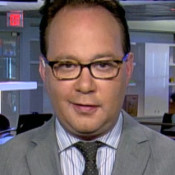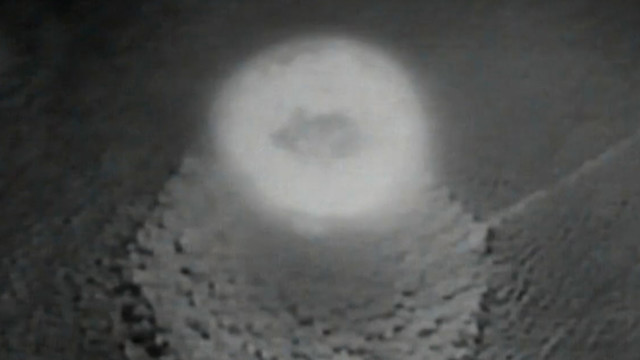What position will the U.S. take as tensions on the global stage heat up?
CGTN’s Nathan King reports on Washington’s changing strategy on nuclear weapons.
Nuclear missiles are perhaps the most fearful weapon man has ever made. During the Cold War, thousands of missiles pointed at each side and helped keep the peace. In the post-Cold War world, nuclear stockpiles were dismantled, but now the United States is reversing its strategy.
Great power competition is now the main focus of the U.S. defense strategy. That means competition with Russia and China in all fields, including nuclear weapons. The U.S. has said that Russia is focusing on developing lower yield, shorter-range nuclear weapons that could be used on the modern battlefield. The Pentagon has also argued that the U.S. must respond by developing similar weapons. The U.S. has also noted that China is modernizing its nuclear arsenal.
This new nuclear “posture” from Washington is the first in eight years, and is being criticized in Moscow and Beijing.
“The United States has possessed the world’s biggest and most advanced nuclear arsenal, yet it is still seeking to promote its buildup of nuclear power. This will aggravate the global strategic imbalance. Its pursuit to develop low-yield nuclear weapons, and lower the threshold for the use of nuclear weapons, will increase the risks of using nuclear weapons,” Geng Shuang of China’s Ministry of Foreign Affairs said. “It abandons the goal of a nuclear weapon-free world, which will undermine the progress of international nuclear disarmament.”
The U.S. and Russia still possess the vast majority of nuclear weapons. Some nuclear experts have said the new U.S. posture is destabilizing, and exaggerates the threat (especially from China).

The U.S.-based Union of Concerned Scientists issued a report this month saying:There is no evidence that nuclear weapons are becoming more prominent in China’s military strategy or that China has changed its longstanding no-first-use policy Chinese military sources emphatically state that China’s only security objective with its relatively small nuclear force is to retain the ability to retaliate in the event of a nuclear attack.”
Washington has said the modernization of U.S. nuclear weapons won’t add to the total number of warheads. Instead, by improving its nuclear forces on land, air and sea, the U.S. argues it will deter any power from using these weapons. But critics have argued that U.S. President Donald Trump is much more open to using nuclear weapons in conflict than many of his predecessors. They have said that to change the strategy now makes the use of nuclear weapons more likely, especially against smaller nuclear armed states like the DPRK.
The modernization of the U.S. nuclear arsenal began under President Barack Obama. It could cost over a trillion dollars and take 30 years.
 CGTN America
CGTN America

